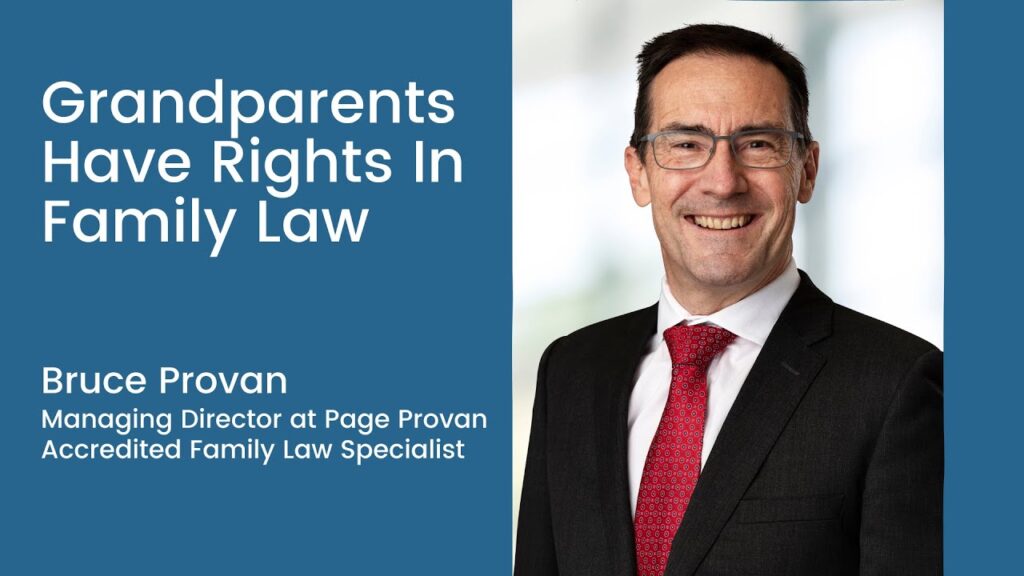Good medical records- the difference can be vital
One of the most common family law subpoenas to issue is to a person’s GP, specialist or a hospital where they were treated.
At times,subpoenaed medical evidence can make a critical difference. Here are some examples:
– a party who said that she had been but was no longer a drinker, had a reference in her GP’s notes “alcohol”
– a party who said that she had been assaulted by her former partner by his kicking her in the back when she was pregnant, resulting in her attending a GP and telling him that she had been bruised in a game of soccer, had a reference in the GP’s notes about bruising
– a party who denied that he had any difficulties with drugs, and that he was generally in good health, had a very long history of being prescribed major pain relief by his GP
– a party who said that he had never been violent to his former partner, had a history of hospital entries involving serious alcohol and drug use and violence to his former partners, and having been restrained by two hospital guards for attempting to drink a bottle of Hibitane.
Some time ago I stumbled on this site, which is a media release from Harvard School of Public Health about research by Nancy Isaac saying the kinds of things one would hope would be in medical records when domestic violence is alleged.
I particularly liked their cheat sheet:
-Take photographs of injuries.
-Write legibly. Illegible notes are useless as legal documentation.
-Use quotation marks or the phrases “patient states” or “patient reports” to indicate that the information came directly from the patient.
-Avoid words that imply doubt about the patient’s reliability, i.e. “patient alleges.”
-Do not use legal terms such as “alleged perpetrator.” Legal terms are defined in detail by statute and case law. By using legal terms, providers may convey an unintended meaning.
-Name the person the patient says hurt her by using quotation marks and recording the identifying information. This prevents the abuser from obscuring his responsibility by accusing the victim of having multiple partners.
-Avoid using conclusory terms such as “patient is a battered woman.” Conclusions without sufficient accompanying factual information are inadmissible.
-Placing the term “domestic violence” or abbreviations such as “DV” in the diagnosis fields of medical records is of no benefit to the patient in legal contexts.
-Include words that describe a patient’s demeanor, such as: “crying, angry, agitated.”
-Record the time of day and some indication of how much time has passed since the incident.












